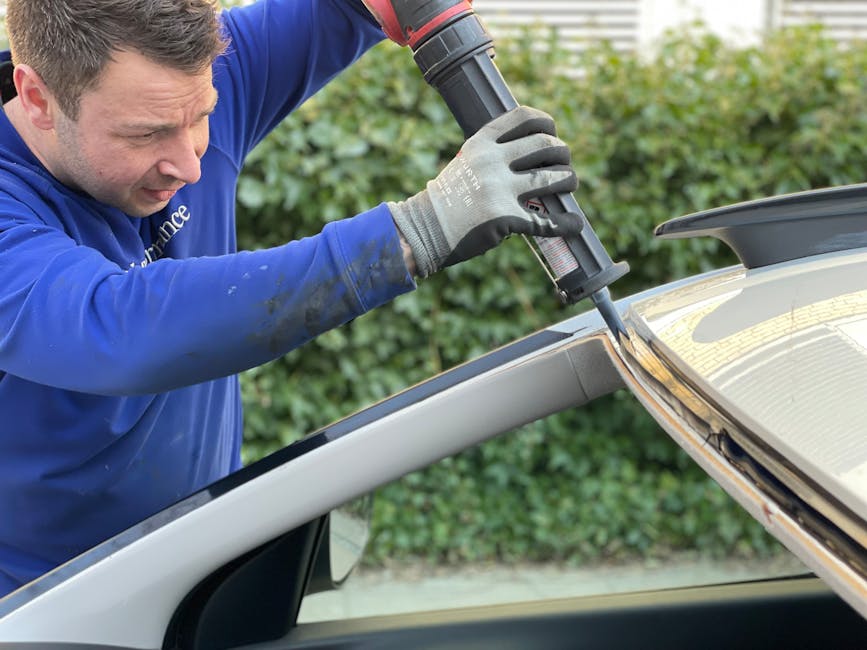Overwhelmed by the Complexity of ? This May Help
Designing Hospital Facilities for Infection Control: A Guide for Architects
As the world continues to grapple with the COVID-19 pandemic, the importance of infection control in healthcare facilities has never been more apparent. Architects play a crucial role in designing hospitals and healthcare facilities that prioritize the well-being of patients, staff, and visitors alike. A well-designed facility can significantly reduce the risk of infection transmission, making it essential to incorporate infection control principles into the construction process. In this article, we will explore the key considerations for architects to ensure they create a safe and hygienic environment for everyone.
1. Understanding Infection Control Principles
Infection control is a multifaceted approach that involves various strategies to minimize the risk of transmission. Architects should understand the basic principles of infection control, including the importance of cleaning and disinfection, hand hygiene, personal protective equipment (PPE), and isolation precautions. By incorporating these principles into the design, architects can create a facility that is conducive to infection control.
2. Designing for Air Quality and Ventilation
Air quality and ventilation play a critical role in infection control. Architects should ensure that the facility’s design incorporates proper ventilation systems that can effectively remove airborne pathogens. This includes installing high-efficiency particulate air (HEPA) filters and ensuring adequate exchange rates between rooms. Additionally, designers should consider incorporating natural ventilation strategies, such as operable windows and clerestory windows, to improve indoor air quality.
3. Layout and Workflow
A well-designed layout can significantly impact infection control. Architects should consider the workflow and traffic patterns within the facility to minimize the risk of transmission. This includes designing corridors with low-traffic areas, avoiding bottlenecks, and ensuring that equipment and supplies are easily accessible. Also, designers should consider incorporating movable partitions and flexible layouts to accommodate various patient needs.
4. Material Selection
The selection of materials can also play a significant role in infection control. Architects should choose materials that are easy to clean and disinfect, such as those with a smooth, non-porous surface. Additionally, designers should consider incorporating antimicrobial materials, such as silver-infused surfaces, to reduce the growth of microorganisms.
5. Designing for Patient Flow
Patient flow is a critical aspect of infection control. Architects should design the facility to optimize patient flow, reducing the risk of transmission and improving patient care. This includes designing rooms with clear entry and exit points, minimizing patient movement through high-traffic areas, and ensuring that equipment and supplies are easily accessible.
6. Incorporating Isolation Precautions
Isolation precautions are essential for containing infections. Architects should design the facility to incorporate isolation rooms and wards, as well as negative pressure rooms and airlocks. This will help contain infected patients and prevent the spread of infection to other areas of the facility.
7. Designing for Sanitation and Hygiene
Sanitation and hygiene are critical components of infection control. Architects should design the facility to incorporate adequate hand-washing stations, as well as areas for cleaning and disinfecting equipment and surfaces. Additionally, designers should consider incorporating automated dispensers for hand sanitizer and soap.
8. Future-Proofing for Emerging Infections
Architects should always envision the facility’s future, incorporating design strategies that can effectively adapt to emerging infections. This includes designing the facility with flexibility in mind, incorporating movable partitions and modular equipment, and planning for future upgrades and renovations.
9. Collaboration with Infection Control Specialists
Finally, architects should collaborate with infection control specialists to ensure that the facility is designed with infection control principles in mind. This includes conducting site visits, providing design recommendations, and reviewing final designs for compliance with infection control guidelines.
10. Conclusion
Infection control is a critical component of hospital design. Architects play a vital role in creating facilities that prioritize patient safety and well-being. By incorporating infection control principles into the design process, architects can create hospitals that are not only safe and hygienic but also cost-effective and efficient.
